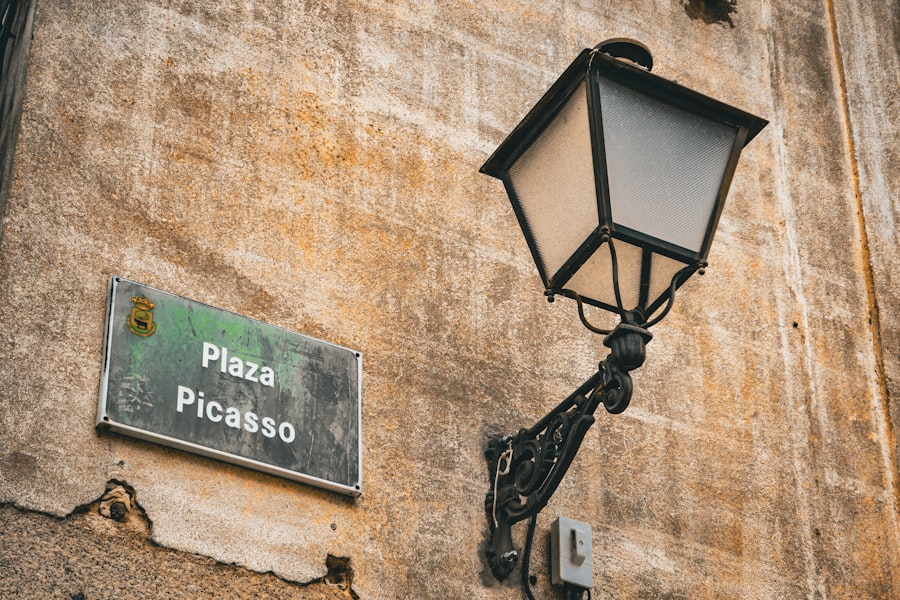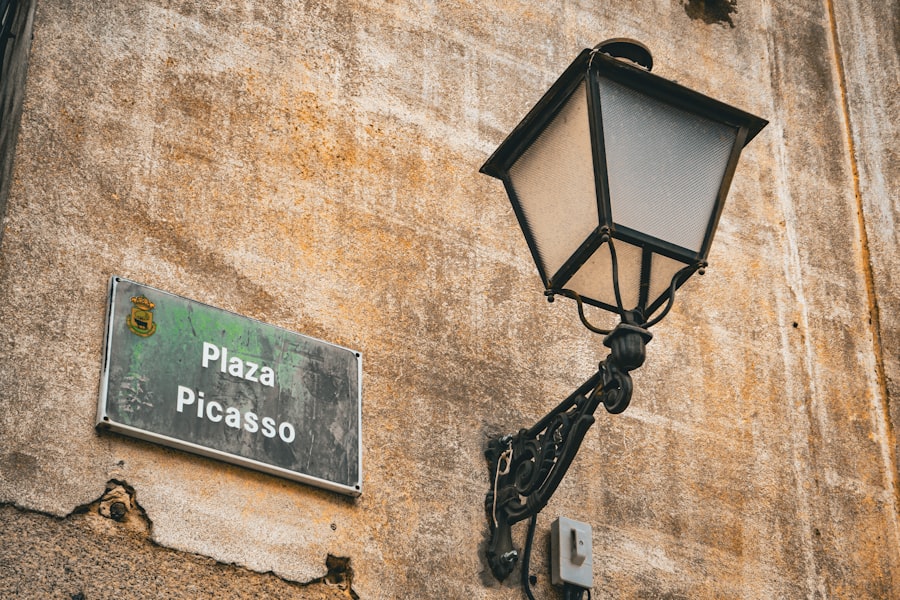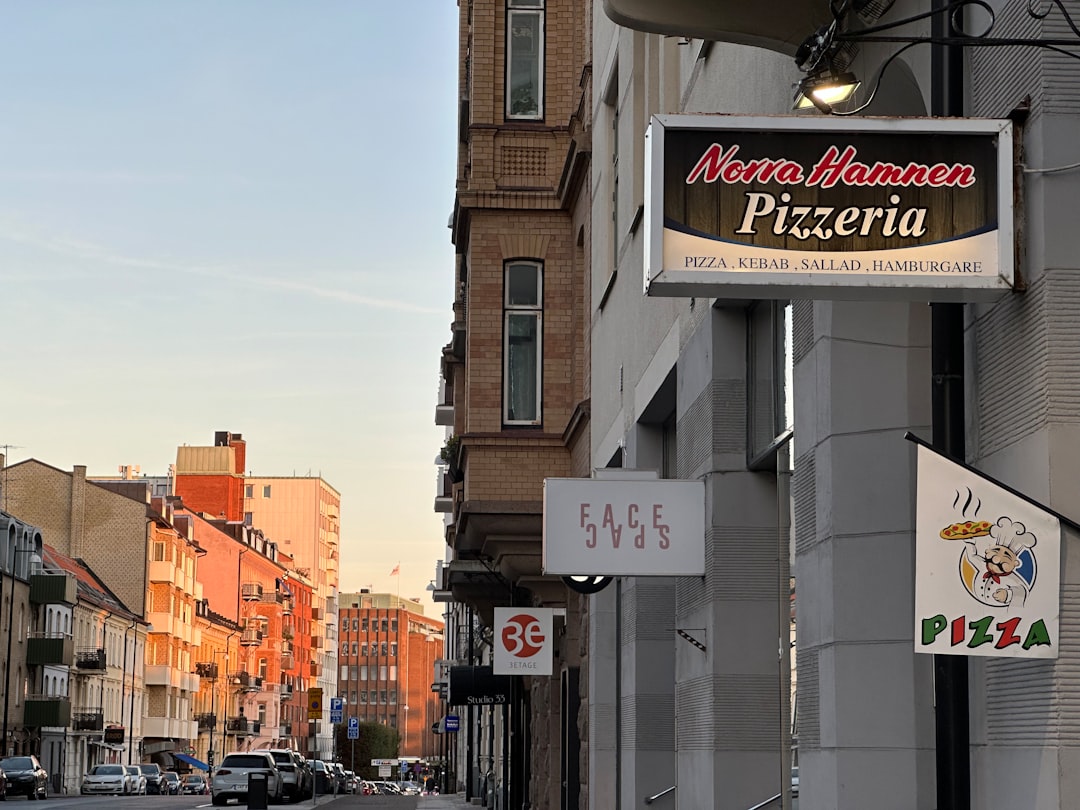The tale of Pinocchio, originally penned by Carlo Collodi in 1883, presents a rich narrative steeped in moral lessons and fantastical elements. This Italian children’s novel follows the adventures of a wooden puppet who dreams of becoming a real boy. Unlike the sanitized versions that would later emerge, Collodi’s original story is darker and more complex, filled with themes of disobedience, punishment, and redemption.
Pinocchio’s journey is fraught with peril, as he encounters various characters that embody both virtue and vice, ultimately leading him to confront his own shortcomings. In the original narrative, Pinocchio’s transformation is not merely a physical one; it is a profound moral evolution. The puppet’s misadventures serve as cautionary tales, illustrating the consequences of lying, laziness, and selfishness.
Collodi’s work delves into the psychological struggles of its protagonist, making it a multifaceted exploration of childhood and the challenges of growing up. The original Pinocchio is not just a whimsical character but a representation of the trials faced by children as they navigate the complexities of life and morality.
Key Takeaways
- The original version of Pinocchio was darker and more morally complex than the Disney adaptation.
- Disney made significant changes to the storyline and characters, toning down the darker elements of the original story.
- The cuts made by Disney had a significant impact on the storyline, altering the character development and overall tone of the film.
- Many cut scenes provided important character development and added depth to the story, which was lost in the Disney version.
- The music and songs that were cut from the original version of Pinocchio contributed to the film’s darker and more emotional tone.
- The cuts made by Disney had a significant influence on the film’s reception, shaping its reputation as a lighter, more family-friendly movie.
- The restoration and re-release of the original version of Pinocchio allowed audiences to experience the film as it was originally intended.
- The legacy of the cut scenes in Pinocchio continues to shape discussions about the film’s adaptation and the impact of censorship on storytelling.
- The cut scenes in Pinocchio hold cultural and historical significance, providing insight into the evolution of children’s literature and entertainment.
- Unseen footage and behind-the-scenes material offer a glimpse into the creative process behind Disney’s adaptation of Pinocchio.
- The future of Disney’s cut of Pinocchio raises questions about the preservation and presentation of classic films for modern audiences.
Changes Made by Disney
When Walt Disney adapted Pinocchio into an animated film in 1940, significant alterations were made to the original story. Disney’s version sought to create a more family-friendly narrative, stripping away much of the darkness that characterized Collodi’s tale. The film introduced a more optimistic tone, emphasizing themes of friendship, loyalty, and the importance of being truthful.
Characters such as Jiminy Cricket were given more prominent roles, serving as moral guides for Pinocchio and providing comic relief throughout the film. Additionally, Disney’s adaptation streamlined the plot, focusing on key events while omitting several darker elements from the original text. For instance, the character of the Fox and the Cat, who represent deceit and manipulation in Collodi’s version, are portrayed with less malevolence in the film.
The consequences of Pinocchio’s actions are softened, allowing for a more palatable viewing experience for children and families. These changes reflect Disney’s intent to create a timeless classic that would resonate with audiences while maintaining a sense of innocence.
The Impact of the Cuts on the Storyline

The cuts made to Collodi’s original narrative significantly altered the storyline and its underlying messages. By removing darker elements and moral complexities, Disney’s adaptation shifted the focus from cautionary tales to a more straightforward narrative about personal growth and redemption. This change allowed for a more accessible story that appealed to a broader audience but also diluted some of the original’s moral weight.
The omission of certain scenes, such as Pinocchio’s encounters with more sinister characters and situations, resulted in a less nuanced portrayal of his journey. In Collodi’s version, the puppet faces dire consequences for his misbehavior, which serves as a critical lesson for young readers. In contrast, Disney’s film often resolves conflicts with lighter resolutions, which can lead to a perception that actions have fewer consequences.
This shift in storytelling not only affects character arcs but also alters the overall message about responsibility and the importance of making wise choices.
The Character Development in the Cut Scenes
| Character | Emotional Growth | Conflict Resolution | Relationship Building |
|---|---|---|---|
| Protagonist | Overcomes fear and self-doubt | Confronts personal demons | Forms deep connections with allies |
| Antagonist | Struggles with guilt and regret | Resolves inner turmoil | Manipulates and betrays others |
| Supporting Character 1 | Discovers inner strength | Forgives past wrongs | Becomes a loyal friend |
| Supporting Character 2 | Confronts personal traumas | Seeks redemption | Develops a romantic relationship |
The character development in Collodi’s original version is rich and multifaceted, showcasing the complexities of human nature through Pinocchio’s interactions with various figures. In Disney’s adaptation, many characters were simplified or altered to fit a more family-friendly narrative. For example, characters like the Blue Fairy and Stromboli were given less depth in their motivations and backgrounds compared to their original counterparts.
The cut scenes often contained pivotal moments that contributed to character growth and provided insight into their motivations. In particular, scenes that depicted Pinocchio’s struggles with temptation and his relationships with other characters were crucial for understanding his development. The original text illustrates how each encounter shapes Pinocchio’s understanding of right and wrong.
By omitting these scenes, Disney’s version presents a more linear character arc that lacks the richness found in Collodi’s work. The depth of character relationships is diminished, leading to a less impactful emotional journey for both Pinocchio and the audience.
The Music and Songs that Were Cut
Music plays an integral role in storytelling, particularly in animated films where songs can enhance emotional resonance and character development. Disney’s Pinocchio features memorable songs like “When You Wish Upon a Star,” which has become iconic over time. However, several musical numbers from Collodi’s original story were either altered or omitted entirely in the film adaptation.
These cuts not only affected the film’s musical landscape but also its narrative flow. The songs that were cut often contained deeper thematic elements that aligned closely with Collodi’s moral lessons. For instance, musical sequences that explored themes of temptation or consequence could have added layers to Pinocchio’s journey.
By focusing on more uplifting tunes, Disney created an enchanting atmosphere but sacrificed some of the story’s emotional depth. The absence of these songs left gaps in character expression and thematic exploration that could have enriched the overall experience for viewers.
The Influence of the Cuts on the Film’s Reception

The changes made to Pinocchio during its adaptation had a profound impact on its reception among audiences and critics alike. Upon its release in 1940, Disney’s version was met with acclaim for its animation quality, storytelling, and musical score. However, some critics noted that the film’s departure from Collodi’s darker themes resulted in a less impactful narrative.
While many viewers appreciated the lighter tone and family-friendly approach, others lamented the loss of complexity found in the original tale. The film’s success at the box office demonstrated that Disney’s vision resonated with audiences seeking wholesome entertainment during a tumultuous time in history. Yet, this success also sparked discussions about fidelity to source material and the implications of altering classic stories for modern sensibilities.
As time passed, Disney’s Pinocchio became a beloved classic in its own right, but it also served as a reminder of how adaptations can shape cultural perceptions of literary works.
The Restoration and Re-release of the Original Version
In recent years, there has been a growing interest in restoring classic literature to its original form. This trend has led to discussions about bringing Collodi’s unabridged version of Pinocchio back into public consciousness.
Restoration efforts have included annotated editions that provide context for modern readers unfamiliar with 19th-century Italian literature. These editions aim to preserve Collodi’s intent while making it accessible to contemporary audiences. Additionally, there have been calls for adaptations that remain true to the source material while still appealing to modern sensibilities.
Such initiatives reflect a desire to honor literary heritage while engaging new generations with timeless stories.
The Legacy of the Cut Scenes in Pinocchio
The legacy of the cut scenes from both Collodi’s original work and Disney’s adaptation continues to influence how stories are told today.
While Disney’s version has become iconic in its own right, it also highlights the tension between artistic interpretation and fidelity to source material.
Moreover, discussions surrounding these cut scenes have sparked interest in exploring alternative adaptations that embrace darker themes or more complex character arcs. Filmmakers and writers are increasingly recognizing the value of nuanced storytelling that reflects real-life challenges faced by individuals. As such, the legacy of these cuts has inspired new interpretations that seek to balance entertainment with meaningful narratives.
The Cultural and Historical Significance of the Cut Scenes
The cut scenes from both versions of Pinocchio hold cultural and historical significance beyond their immediate narrative impact. They reflect societal attitudes toward childhood, morality, and storytelling during their respective eras. Collodi’s original work emerged during a time when literature often served as moral instruction for children, emphasizing lessons about behavior and consequences.
In contrast, Disney’s adaptation was created during a period marked by World War II and economic uncertainty. The decision to soften themes can be seen as an attempt to provide escapism for audiences seeking comfort amidst turmoil. This cultural context underscores how storytelling evolves in response to societal needs while also shaping perceptions of childhood innocence and morality.
The Unseen Footage and Behind-the-Scenes Material
Behind-the-scenes material related to Disney’s Pinocchio reveals fascinating insights into the creative process behind its production. Unseen footage from early animation tests or storyboards showcases scenes that were ultimately cut from the final film. These materials provide glimpses into alternative storylines or character designs that could have altered the film’s trajectory.
Such archival content not only enriches understanding of Disney’s artistic vision but also highlights the collaborative nature of animation production. Animators often grappled with how best to convey complex emotions or themes within a family-friendly framework. The existence of this unseen footage serves as a testament to the creative decisions made during production while also inviting speculation about what might have been had those scenes remained intact.
The Future of Disney’s Cut of Pinocchio
As discussions surrounding adaptations continue to evolve, questions arise about the future of Disney’s cut of Pinocchio and its place within contemporary storytelling. With advancements in technology and changing audience expectations, there may be opportunities for reimagining classic tales while remaining faithful to their origins. Future adaptations could explore darker themes or delve deeper into character motivations without sacrificing accessibility for younger audiences.
Moreover, as cultural conversations shift toward inclusivity and representation, there is potential for new interpretations that honor diverse perspectives while retaining core messages from original works like Collodi’s Pinocchio. This evolution reflects an ongoing dialogue about how stories can be told in ways that resonate with modern sensibilities while preserving their timeless essence. In conclusion, while Disney’s adaptation of Pinocchio has become an enduring classic beloved by many, it is essential to recognize the impact of cuts made from Collodi’s original tale.
These changes shaped not only the storyline but also character development, musical elements, and cultural reception over time. As interest grows in restoring classic literature alongside adaptations that honor their roots, there remains much to explore regarding this iconic story’s legacy and future possibilities.
In exploring the various adaptations of the Pinocchio story, it’s interesting to note the elements that Disney chose to cut from their version. For a deeper understanding of these changes and their implications, you can read more in this related article: Hey Did You Know This. This article delves into the original themes and characters that were altered or omitted in the Disney adaptation, providing a fascinating perspective on how storytelling evolves over time.
WATCH THIS! The Pinocchio Story Disney Doesn’t Want You To Know (It’s Brutal)
FAQs
What is the Pinocchio story?
The Pinocchio story is a classic Italian children’s novel written by Carlo Collodi in 1883. It tells the tale of a wooden puppet named Pinocchio who dreams of becoming a real boy and goes on a series of adventures to achieve his goal.
What is the Disney version of the Pinocchio story?
The Disney version of the Pinocchio story is an animated film released in 1940. It follows the same basic plot as the original novel but with some modifications and additions to make it suitable for a family audience.
What is the “Disney cut” of the Pinocchio story?
The “Disney cut” of the Pinocchio story refers to the changes and edits made by the Disney studio to the original story in order to create the animated film. This includes alterations to the plot, characters, and themes to fit the Disney brand and appeal to a wider audience.
What are some of the differences between the original Pinocchio story and the Disney version?
Some of the differences between the original Pinocchio story and the Disney version include the omission of darker and more mature themes, the addition of musical numbers, and the portrayal of characters in a more lighthearted and comedic manner.
Why did Disney make changes to the Pinocchio story?
Disney made changes to the Pinocchio story to make it more suitable for a family audience and to align with the studio’s brand of wholesome entertainment. The alterations were also made to appeal to a wider demographic and to ensure the film’s commercial success.
